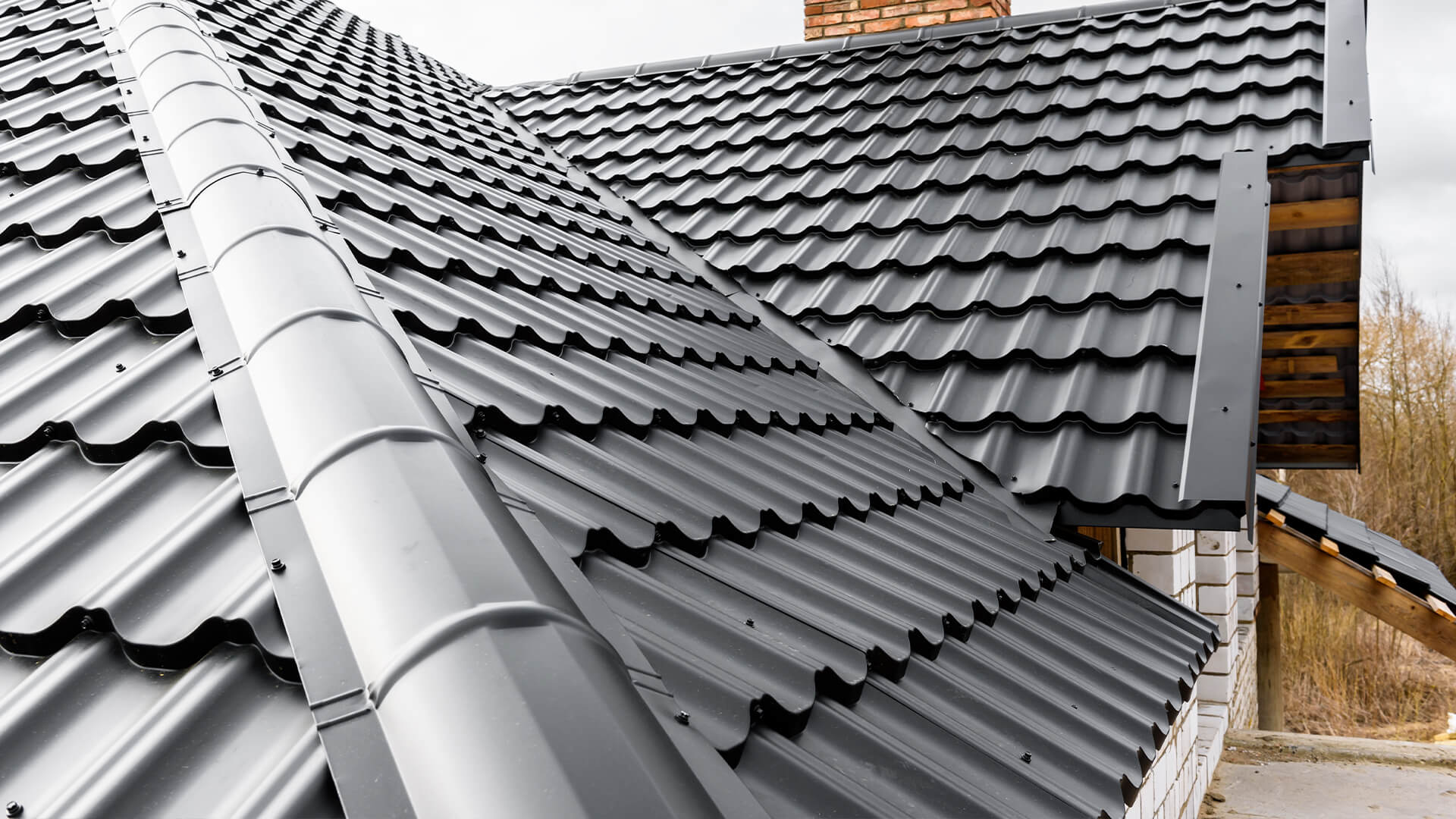Reviewing the Services Offered by Roofing Companies in Gainesville Florida
Reviewing the Services Offered by Roofing Companies in Gainesville Florida
Blog Article
Best Practices for Ensuring Appropriate Roof Covering Air Flow
Making sure proper roof ventilation is critical for the long life and performance of a roof system. A well balanced intake and exhaust vent proportion, frequently 1:300, plays an essential duty, with consumption vents preferably put at the lower side of the roofing for trendy air access and exhaust vents at the optimal for cozy air leave. Regular inspections to identify blockages and preserve clear air flow are vital. Keeping insulation away from vents is essential to avoid air movement limitation. Recognizing these foundational aspects establishes the phase for more in-depth understandings into setup and maintenance techniques that can substantially boost your roof's performance.
Understand Ventilation Fundamentals
Appropriately recognizing air flow basics is necessary for making certain the longevity and efficiency of roof. Reliable air flow mitigates moisture accumulation and temperature level extremes in the attic, both of which can result in considerable structural damage gradually. A well-ventilated roof helps in stopping common issues such as mold development, timber rot, and ice dams, which can compromise the stability of the roofing products and the underlying frameworks.
The main objective of air flow is to assist in the movement of air, enabling for a regular exchange between the interior and exterior atmospheres. This equilibrium is achieved via a combination of intake and exhaust vents that function together to keep ideal airflow. Intake vents, typically situated along the eaves or soffits, enable fresh air to enter the attic room area, while exhaust vents, frequently located at or near the roof ridge, make it possible for hot, moist air to leave.
Key factors influencing the effectiveness of roofing air flow include proper positioning, adequate sizing, and making sure that both intake and exhaust vents are unhampered. Routine inspection and maintenance are vital to recognize potential clogs, damage, or inefficiencies in the air flow system, thus guarding the roof's efficiency and longevity.
Kinds Of Roofing System Vents
Roof covering vents play a crucial function in preserving effective attic room ventilation and, by expansion, the general health of the roof system. Various types of roof covering vents are available, each with distinct advantages customized to specific roofing needs.

Soffit vents are installed under the eaves and operate in tandem with roofing system vents to guarantee a well balanced consumption and exhaust system. By permitting cooler air to get in from below, soffit vents facilitate the expulsion of warm air through upper vents. Gable vents, located on the exterior walls of the attic room, offer another reliable service, specifically in homes with saddleback roofs.
Analyze Your Existing Ventilation

Following, consider the age and condition of your roofing materials and air flow elements. Older systems may not abide by existing building ordinance or may have degraded gradually, decreasing their performance. Conduct a detailed assessment to identify any kind of signs of damage, such as rust, damage, or voids that could jeopardize the system's performance.
In addition, measure the attic room temperature and humidity levels. Heats and humidity can show poor air flow - roofing companies in gainesville florida. Use a hygrometer and thermostat to obtain precise readings, comparing them with outdoor problems. Consistent discrepancies recommend prospective problems that require addressing.
Installation Best Practices
Reliable setup of roof air flow systems is critical for ensuring optimal efficiency and longevity. Proper installation starts with recognizing the specific ventilation requirements of the roof and the building it covers. This involves determining the proper proportion of intake to tire vents, typically adhering to the 1:300 policy, which states one square foot of ventilation for every 300 square feet of attic room floor room.

Intake vents ought to be installed at the roofing's lower side, typically in the soffits, to allow amazing air to enter. Exhaust vents, on the other hand, need to be mounted near or at the roofing system's top to assist in the departure of warm, moist air.
Seal all air vent connections diligently to avoid air leakages and possible water infiltration. Usage high-grade products and comply with maker standards to ensure resilience and effectiveness. In addition, incorporating ridge vents with baffles can substantially improve airflow efficiency by stopping wind-driven rainfall and snow from going into the attic.
Inevitably, specific installment of roof covering air flow systems reduces possible issues such as mold development, ice dams, and architectural damages, ensuring the roofing system's stability and the building's overall wellness.
Routine Maintenance Tips
Consistency in upkeep practices is fundamental to ensuring the long-term effectiveness of roofing ventilation systems. During these examinations, ensure that vents are totally free of debris, nests, and other blockages that might restrain air movement.
Utilize a soft brush or a vacuum to eliminate dirt and particles from consumption and exhaust vents. Be mindful not to damage the vent screens or louvers throughout the process.
Correct insulation is just as crucial. Ensure that attic room insulation does not obstruct the vents, as this can severely restrict airflow. Reposition or change it to preserve a reliable barrier. if any type of insulation my website has actually shifted Click Here or cleared up.
Lastly, replace any kind of damaged or missing out on elements immediately. Broken vents, split roof shingles, or deteriorated flashing can all add to inadequate air flow and needs to be attended to without hold-up. Routine upkeep guarantees that the roof covering ventilation system functions ideally, thus prolonging the life-span of the roofing system itself.
Conclusion
Making sure proper roof covering air flow is extremely important for keeping the performance and durability of a roof system. Adherence to the 1:300 consumption and exhaust vent proportion, combined with the tactical positioning of vents, is vital.
A balanced consumption and exhaust vent proportion, commonly 1:300, plays an essential duty, with consumption vents preferably placed at the reduced edge of the roof for awesome air entry and exhaust vents at the peak for warm air departure. Intake vents, usually situated along the eaves or soffits, allow fresh air to get in the attic room, while exhaust vents, often positioned at or near the roofing system ridge, enable warm, damp air to get away.
Soffit vents are installed under the eaves and work in tandem with roofing vents to make certain a well balanced intake and you can try these out exhaust system. By allowing cooler air to get in from below, soffit vents help with the expulsion of hot air via upper vents. Adherence to the 1:300 consumption and exhaust vent proportion, coupled with the tactical placement of vents, is important.
Report this page